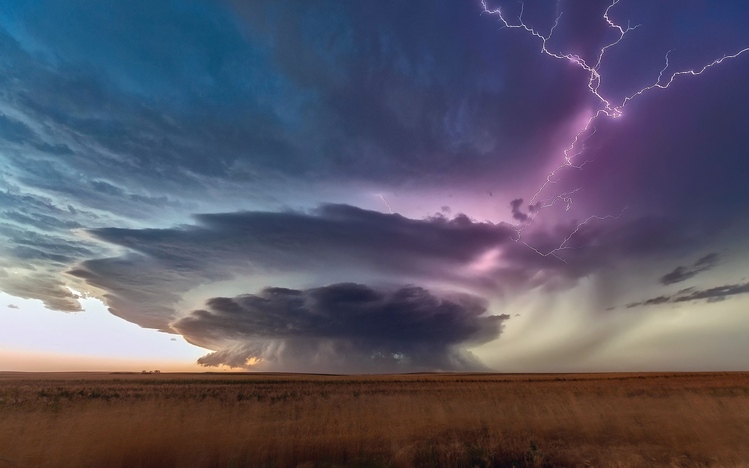Table of Content
Before the virus scan I logged on on Safe Mode and manually backed up all of the data so I am good with a backup. All resources seem to be taken up doing something. I have run it in Safe Mode with no problems but can not run a virus scan in that mode. Logged back on, as painfully slow as it was and began a full virus scan- Symantec Endpoint Protection. Once they are deleted you should only be left with disks you do not want included in the RAID.

You only can use the "aggregate" disks in the 2 bay array for RAID 1 -- you can't use other HDD's in your system for this. I don't like any RAID setup on a workstation's bootable device, especially if it's software RAID. It would be much better to have a backup drive RAID1 setup in there, that only handles backups. This way, if the main drive dies, you can put in the same size drive, and restore from a backup on those drives, and you're likely back up and running within an hour. Now, you can name the Storage pool, and select a Drive letter and File System from the drop-down menu. Then go to the Resiliency type section, select the RAID type under it.
Spark! Pro Ho Ho Ho Series December 23rd, 2022
Well, you need to make sure that each disk you added to the array is not more than the smallest disk size when setting up RAID 0 Windows 10. The device will mirror its 2 disks in its own way. Doesn't matter since all you want is anything written / saved / read from your "Disk E" in Windows to be mirrored which the RAID 1 will do. Setting the disks to mirror will not copy disk A to disk B during RAID setup, which is what I think you assume will happen. Please notice to the third characteristic “Data is duplicated on two dynamic disks”.
Once you backed up these important data, you need to install all hard disks that you want to use for setting up RAID 0 Windows 10. If you don’t how to do that, you can refer to this post “How to Install a Second Hard Drive in Your Laptop and Desktop PC”. Here comes a new question, what do you need to do before setting up RAID 0/1 Windows 10. Both RAID 0 and RAID 1 configurations require at least 2 hard disks, while you’d better use the disks with the same sizes, types, and manufacturers on the RAID 1 setup. When creating a RAID 1 array, you need to make sure the array is as big as the smallest disk. Since the data is mirrored on all disks of the array, this array can still work normally as long as one disk is operational.
Windows 10 Stick PC
Source and Destination folders can reside anywhere on your network. Enter the Disk Management, right-click unallocated space, selects “new volume”. Then it will pop up a window about “create volume wizard”. Could you please modify your original post to reflect the correct amount of ram? I know there is no way possible that it has 4mb of ram.
Over my years of doing this i have seen computers that were running fine, shut down moved and start up in a failure mode. If this was my issue to solve I would reseat all connectors and go from that point forward. In Windows they don’t call their RAID options by the traditional 0, 1, 5, 10 etc. Instead they use spanned, striped, and mirrored as the options for creating software RAIDs.
How to create software raid 1
Sounds like the repair people pulled the disks to do a local check on their own testbed, thus breaking the raid to the point where it failed verification checks. Chances are the discs are ok and just need to rebuild. Especially when PCs aren't shut down properly and the HDD head stack assembly hadn't had a chance to seat properly and could have bounced around hitting the surface of the platters. I want to step in here and state that stop jumping to conclusions that the tech did something wrong.

If you browse to Windows explorer you should also see that the new volume has the combined storage space of the three individual disks used to create it. As you might know, Windows 10 provides the “Storage Spaces” utility to configure the RAID drives. This tool can help you combine 3 or more drives into a storage pool. It is a software-configured RAID setup in OS.
What You Need to Prepare Before Setting up RAID
Also, you can send us an email to when you have difficulty in using MiniTool Partition Wizard. Select the target disk where volume is to be created and click on Add to add the disk to the right box. According to the above information, you may find some limitations on using the Storage Space and BIOS utilities. Therefore, we highly recommend you use a professional RAID partition manager like MiniTool Partition Wizard. Press F10 and click OK to restart your system.
For a better experience, please enable JavaScript in your browser before proceeding. Expand your computer name and the faulty drive. The best way to identify a faulty drive is a yellow cross before its name.
Modern HDD's are quite robust these days -- system has been running almost 24/7 for 2 years without any down time apart from hardware upgrades . I do not usually use raid on workstations at all. I always use raid on servers using sas drives. As far as the hot spare on a raid 1 it is very common all hardware cards can do it that I have seen. If a drive goes down the array will grab the hot spare and keep on going. In a raid 5 you have a drive in parity which will allow your array to keep working if a drive fails.

Storage is cheap and this turns a HDD failure from a potential problem into the equivalent of having your refrigerator order milk for you when you run out. You describe the machine as "Dell tower- Win7, 4mb RAM, RAID 1 " so I am going to assume it is a desktop and not a server. Picture trying to run a 3D CAD program on a 66MHz 486 machine. Like James2606 indicated, I would let it finish its thing and then check to see if the array is still in a degraded state and go from there. With 1TB drives this will probably take the better part of hours to complete.
Once you've completed the steps above, the data from your primary volume will begin to mirror over to the secondary volume. Mirroring time will depend on the amount of data being mirrored. If you are searching for methods to optimize your storage device and restore lost data from different storage devices, then Ariel can provide reliable solutions for these issues. In the BIOS Utility window, press F7 to go to Advanced Mode and select PCH Storage Configuration from the listed options. In the pop-up window, click on the Create a new pool and storage space link. Change the View by type to Large icons and select Storage Spaces from the listed icons.

No comments:
Post a Comment